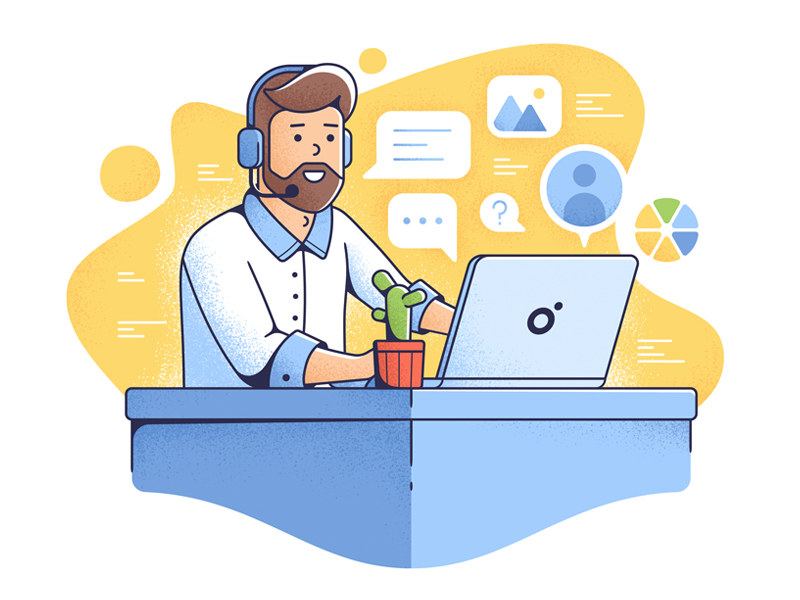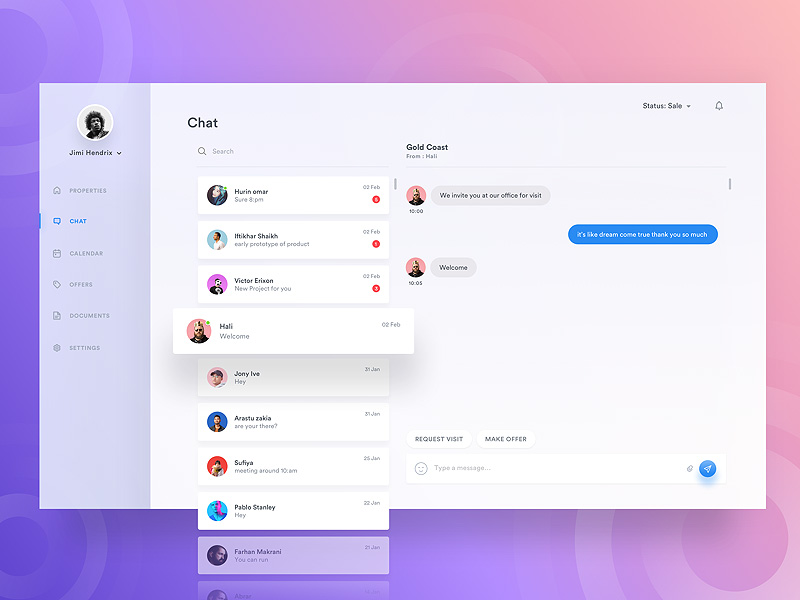Behind every successful business are customers, and for your website design business to be a success, you need to ensure that you have enough clients on your books to keep the income hitting your bank account. Failing to bring in new clients means that the longevity of your business is at risk, but how do you get more website design clients?
The obvious way to sell your services to prospective clients is, of course, by creating your own website and by sharing a superlative portfolio that showcases your skills. You can also sign up for profiles on platforms on Upwork or Behance and try to win custom. However, these options are flawed. How do prospective clients know to look for you specifically? Do people want to work with an anonymous person via a digital platform? If you are looking for more financial backing when it comes to furthering your business’s reach, consider Bonsai Finance to make ends meet and take action.
You must take ownership of bringing clients to you and make your business more visible; you cannot sit and wait for the phone to ring. To help you attract more clients to you, here are 6 steps that you can take.
Who is your ideal client?
How can you promote your services if you don’t have a deep understanding of who your target audience is? For your marketing efforts to achieve maximum results you need to know who you are directing your campaigns to. Selecting an ideal client type focuses your attention and helps to identify a niche.
- Demographic data: age, geographic location, work, income.
- Psychological data: what do they need your services for? What solution are they seeking?
If you craft your website, marketing messages and content to address directly to the wants and needs of your ideal client, you are providing information that is more recognizable for others to see how you can best fit them too. This means that rather than restricting the client type that you will work for, you are shaping your marketing efforts for the people who are more likely to hire your services, and that will resonate with other client types.
Understand the ideal client’s buying journey
Now you know who your ideal client is, you need to pay attention as to what has prompted them to seek your services. Typically, a client will go through the following stages for hiring a web designer:
- Identifies an issue with their website
- Considers possible solutions
- Evaluates the best solutions
- Decides to hire a website designer
Now you can see the buying journey, you can tailor your website’s content to satisfy each stage. Provide information about the issues that you can remedy for each stage. This is your opportunity to guide the buyer with your content and relevant calls to action. Your content should seamlessly guide the customer in taking the next logical step to seek a solution for their issue.
The key here is logical. You need to ensure that you are not too presumptuous in what you are asking the prospect to do, provide them with the information and guide them through the stages so that the calls to action feel organic and natural.
Focus on the client’s needs
By understanding your ideal client, you will be aware of the pain points and challenges that they are facing, but you also have the benefit of knowing what they want their website to achieve. The website design packages that you offer need to marry their current problem with the results that they crave. In short, sell them what they want and deliver what they need. People often focus on what they are selling, rather than reframing it as something that the client needs; look at your services from the client’s perspective!
Specialize
Every web designer has projects that they prefer to do, and those that they don’t enjoy so much. Spend time reflecting on your previous jobs that you have completed that you particularly enjoyed and created great websites for. Clients like to hire experts for their websites, and if you can appeal to a niche industry or category, you can market yourself as being expert for these fields.
For example:
- Project type: e-commerce stores, subscription sites, blogs, or lead generation websites.
- Industry type: law firms, medical providers, or restaurants.
This does not limit your opportunities, rather it means that you can focus your marketing efforts on jobs that you enjoy and ones that will be more profitable for you.
Follow up on leads
If you have been to networking events or met potential clients socially, do not delay in following up on leads. You need to follow up on leads in a timely manner, waiting until you have a spare minute is not enough. You need to correspond swiftly so that your prospect feels that they are valued and that you are serious about doing their work. Set aside time in your working day to reconnect with prospects. Yes, it takes time, but there are things that you can do to lessen the time investment:
- Have templated e-mails or letters that you can amend to personalize the correspondence.
- Use email automation to respond to subscribers, customers and people who have shown interest in your website.
- Use scheduling tools on your website to make appointments.
Nurture referrals
When people refer their friends and family to you, they are placing an enormous amount of trust in you to do a good job. If you are aware that a prospect has been referred to you, go the extra mile. The person that has referred you has put their reputation on the line, so it is important that you pay them the due respect. If someone has referred you once, if you do a good job, they will refer you again.
These steps are essentially just good business practice, it’s about working smarter and not harder. You will find that as your relationships with your clients develop, you will identify new and exciting ways to evolve your business to meet their requirements. These steps are not an overnight solution to having a shortage of clients, but an opportunity for you to work towards building a business that has mileage and profit. Good luck!
Banner illustration by Vlad Timeless



